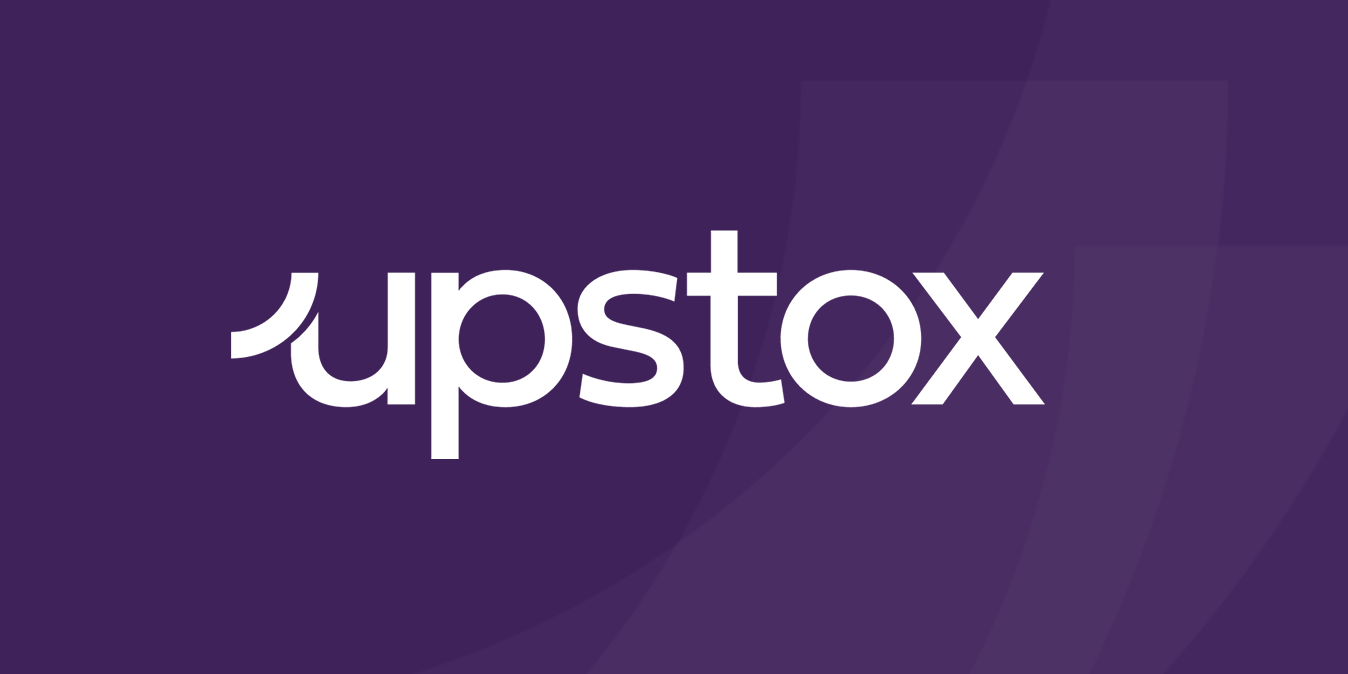Introduction
Budget carrier Go Airlines (India) Limited, popularly known as GoAir, has filed a draft red herring prospectus (DRHP) with the Securities Exchange Board of India (SEBI) to raise capital through an Initial Public Offering (IPO). In May, GoAir rebranded itself as Go First for its next phase of growth.
Here’s everything you need to know about the IPO:
Offer details
- IPO size: ₹3,600 crore
- Dates: Not announced
- Price band: Not announced
- Lot size: Not announced
- Face value: ₹10
Shares will be listed on BSE (Bombay Stock Exchange) and NSE (National Stock Exchange). The firm is targeting to raise up to ₹3,600 crore in its IPO.
The lead managers of the stock issue are ICICI Securities, Citi, Morgan Stanley, and Link Intime. The company is planning to raise up to ₹1,500 crore by way of pre-IPO placement.
Reasons for going public
Go Airlines proposes to allocate the proceeds from selling shares towards the following:
- Scheduled repayment of all or a portion of certain outstanding borrowings availed by the company
- Replacement of letter of credits, which are issued to certain aircraft lessors towards securing lease rental payments and future maintenance of aircrafts, with cash deposit
- Repayment of dues to Indian Oil Corporation Limited, in part or full, for fuel supplied to the company
- General corporate purposes such as strategic initiatives, expansion of business operations, expenses of the company, etc.
Company fundamentals
Before investing in an IPO, one should understand the company fundamentals.
Largest shareholders of Go Airlines.

Company Financials
Here’s a look at the company’s financial status:

Overview of business
GoAir is an low-cost carrier focussed on maintaining a low-cost base and high utilisation of a modern and fuel-efficient fleet. Its aim is to make air travel affordable and accessible to the masses. As of February 10, 2021, GoAir’s fleet inventory consisted of 56 aircraft.
It is the aviation foray of India’s Wadia Group, which is a part of one of the oldest conglomerates in India with a presence in diversified industries. The Wadia group comprises leading brands including 150-year-old The Bombay Burmah Trading Corporation Limited, 140-year-old Bombay Dyeing and Manufacturing Company Limited, 102-year-old Britannia Limited, 66-year-old National Peroxide Limited, the decade-old Wadia Reality Private Limited and many others.
Industry outlook
In recent years, India has been the fastest-growing large aviation market in the world. This positive outlook is reflected in the fact that prior to the pandemic, its traffic within the Indian subcontinent was projected to rise at a CAGR of 10.5% between 2018 and 2028, faster than any other large intra-regional or domestic market in the world, including China.
Competitive strengths
GoAir has managed to set itself apart in the following ways:
- Offers single class of service with next-gen fuel-efficient aircraft
- Has a strategic network that serves slot-constrained major markets and can also adapt to changing market conditions
- Products and services are tailor-made to cater to the demand of a growing number of leisure customers and MSME business travellers in India
- Highly experienced board and management team focused on corporate governance and backed by the Wadia Group
Opportunities
- Intends to continue to strengthen the density of the network by adding flights in existing key markets
- Selective addition of routes and destinations that are intended to enhance the breadth of service in a sustainable and profitable manner
- Focused on providing differentiation initiatives and multiple touchpoints for customers
- Expects to launch additional services such as packaged holidays, foreign exchange services and sales of vacant middle seats to corporate customers
Threats
- The airline industry is significantly affected by the price and availability of aircraft fuel.
- Faces intense competition from low-cost carriers as well as full-service passenger airlines that operate on the airline’s routes
- Passenger airlines in India face competition from other modes of low-cost transportation, such as rail travel.
- The duration and spread of the pandemic or another pandemic could result in an additional adverse impact on the business.
- Unable to successfully implement the ultra-low-cost carrier model
- Lessors may take adverse action against the airline.
- The airline industry is characterised by low-profit margins and high fixed costs.
Risks
- Continued payment default under several aircraft lease agreements may be a cause for concern.
- In the process of re-branding the airline, there is no assurance that the new brand will be successful and there is a possibility of objection or litigation in relation to the new brand.
- Exposed to certain risks against which the airline does not insure and may have difficulty obtaining insurance on commercially acceptable terms
- Failure to comply with covenants contained in aircraft and engine lease agreements or financing agreements could have a negative impact.
- May face banking limits that constrain its ability to withdraw funds or utilize limits which would increase the cost of funds
- Reliance on automated systems and the internet in the operation of the business and retain customer data, which exposes the risks from systems failures and security breaches.
- The business, results of operations and financial condition could be affected by adverse results of legal proceedings.
Conclusion
In June, the Wadia group-owned Bombay Dyeing received a notice from the Corporation Finance Investigation Department. The notice had triggered a 90-day pause on GoAir’s IPO plans as it was under scrutiny for being one of the related companies. However, with an increase in air passenger traffic, GoAir is on the road to recovery.



